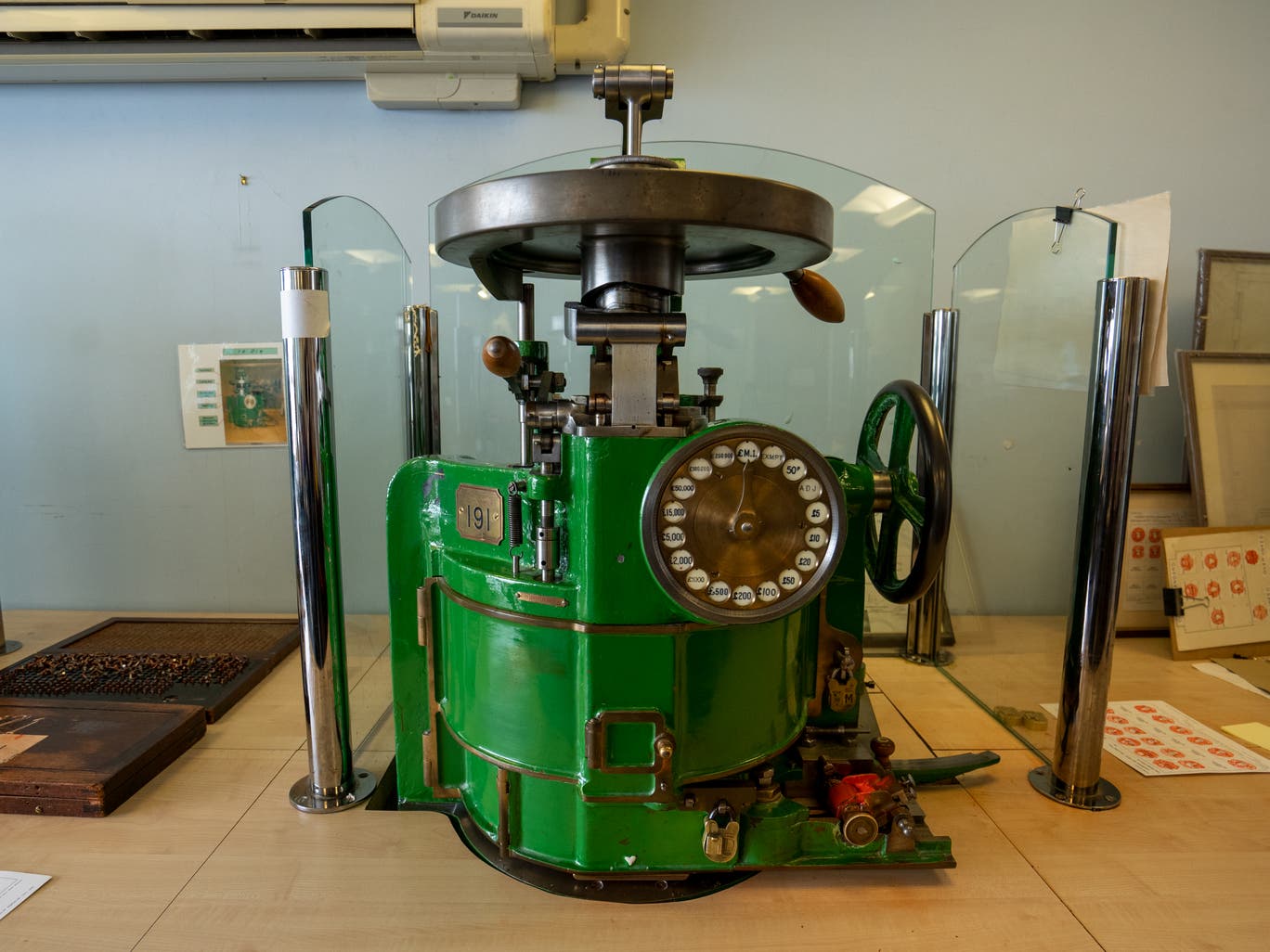Related Reading
.jpg?width=596&name=travel-6844908_1280%20(1).jpg)
Our tax partner, Jamie Favell, was recently featured in The Times, offering expert insights on a rising trend: more British taxpayers are moving to Malta and other destinations in search of a better quality of life and a more favourable...

UK Exit Tax on the Horizon?
The UK government is reportedly weighing a major change to its capital gains tax regime: an Exit Charge, referred to in the press as a ‘settling-up charge’ that would apply to wealthy individuals who leave the UK and retain business assets...
%20(1).jpg?width=596&name=big-ben-7116305_1280%20(1)%20(1).jpg)
One Budget to Rule Them All: The 2025 Budget’s Hunt for Revenue
As the Chancellor of the Exchequer gears up to announce her second Budget on 26 November 2025, with talk of a further £50bn ‘black hole’ in the nation’s finances to plug, it seems that speculation has built up around almost every single...
Looking for tax advice?
Complete the brief form below with details of your enquiry and a member of the team will be in touch as soon as possible.


